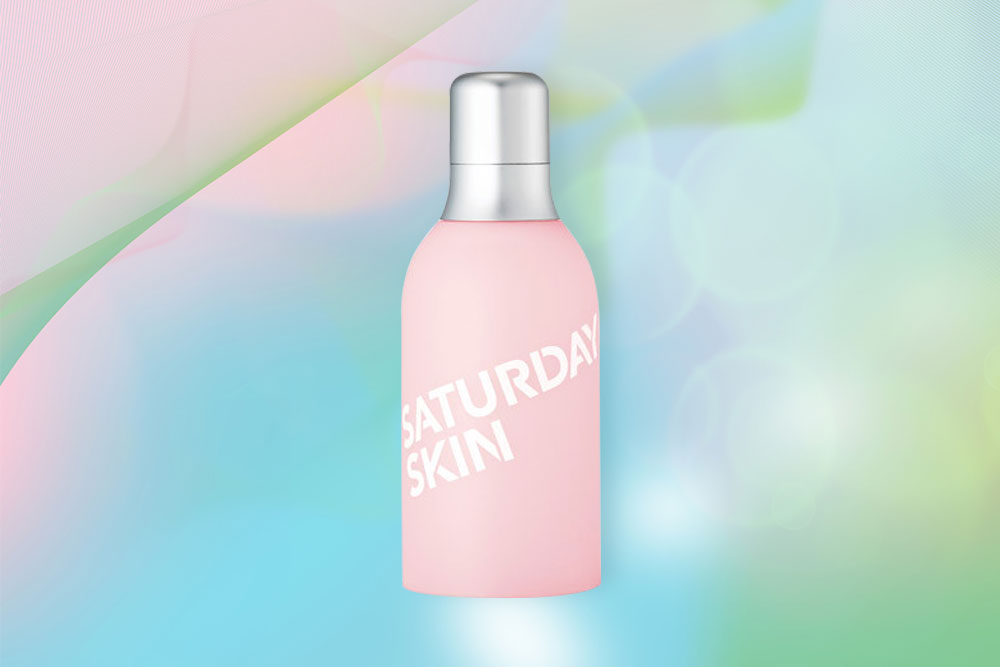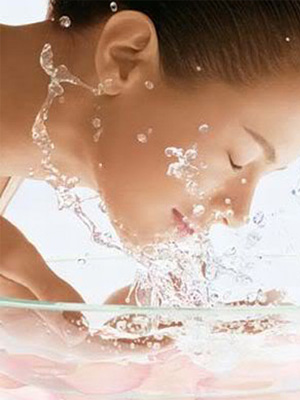A couple of years ago, the common skincare questions I’d get asked would be about correcting pimples and moisturizing properly; since the Korean beauty boom, however, more often than not, the queries these days are about the famous 10-step K-beauty routine. Common questions: What are the 10 steps; what’s so different about the Korean skincare regimen; what’s that other thing about the 13-step routine; and how is any of this better than what I’m doing now? Some questions are only answered through your own experiences with the product, but others can be easily answered by someone who’s been working with this system for years now. Take a seat and get ready to soak it in”here’s the only primer you’ll ever need to start your whole new K-beauty regimen from scratch.
First things first: focusing on numbers is a beginner’s mistake. Ten-step, 13-step and 27-step processes will all fail if you don’t have the general understanding that the routine is an extension of skincare truths that have been understood for at least a couple of decades now. Cleansing, toning and moisturizing is a 3-step routine which can often keep your skin just as happy as the 10 steps of cleanser/exfoliator, toner, essence, sheet mask, ampoule, serum, lotion, eye cream, lotion/day cream and sunscreen (phew!)”and a closer look will reveal that the last seven steps are basically seven different ways to moisturize and protect your skin, stacked together for maximal impact. If you have a cleanser, toner and moisturizer combo that’s keeping your skin satisfied and plump right now, your foray into K-beauty may just involve trying out new toners and day creams, not adding five extra steps into your routine. If you’re ready to get experimenting, let’s get you started”check out Soko Glam, Peach & Lily, Glow Recipe, Sephora and MEMEBOX and pick out whatever gives you a good vibes.

If you’re ready to commit to the extra steps because your current regimen is not doing you right, then go wild with as many steps as you’d like”just remember, not everyone needs every step. Venerated K-beauty blogger Tracy of fanserviced-b is famous for her visual representation of every step that your K-beauty routine could possibly include: take from it only the steps that seem right for you, because your routine must be tailored to your skin type, not to what you’ve heard is good. People with oily skin should leave out extra layers of moisture that are heavy with facial oils or emollient creams; people with sensitive skin should stay away from acid peels and vitamin serums and stick to calming lotions and niacinamide to even out skin tone. The goal is supple, hydrated skin, and you should use whatever combination of steps will help get you there”just don’t use them all, because skin fatigue is a real issue and you don’t want to overplay your hand the minute you get one.
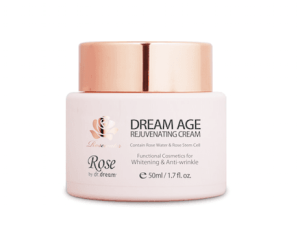
If you think you’ve figured out a skeleton of steps to keep your skincare game in check throughout the week, the first thing to do is to rejoice, but the second is to remember that you’re not doing every step every day. The short reason is because 10 to 13 steps morning and night is just too much sometimes; the real reason is that just like the weather, the demands of your skin change every day, and no two days request the same kind of attention. It extends far beyond plainly logical things like use-less-cream-in-the-summer and don’t-exfoliate-when-skin-is-inflamed: when you have a 10-step routine, every time you introduce something new to it, something else might have to be used less just so you can evaluate the performance of the new product against the old one.
Besides that, a natural part of your growth as an expert on your own skin is recognizing that your face expresses its own natural rhythm and it needs different kinds of support every day. Some days might require little more than hydration and SPF; other days might require many layers of lotions and regenerative ingredients to treat specific dullnesses and discolourations on your face.
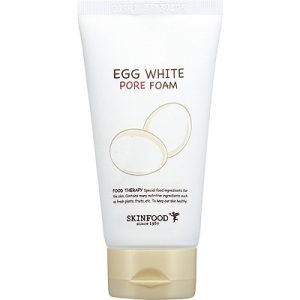
Once you’ve got your steps down and some products to try, it’s time to take control. It’s your routine, so it’s your rules. Mix and match Asian products with North American and European products; skip steps if it feels right; apply the same cream twice over itself if the winter dryness is really taking you to task. You should use the products safely, of course”no vitamin A before sun exposure, no applying creams on open cuts, etc”but besides that, use the goodies as they feel natural. Intuition has led to some of the most unexpectedly successful Korean skincare secrets, like the 7-Skin method, where instead of using a moisturizer, you just pat in a ultra-hydrating essence or deeply nourishing toner onto your face seven times over, sometimes even switching out the final layer of toner for a thicker serum or face oil.
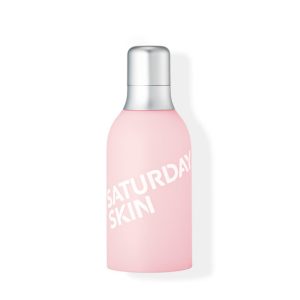
It’s a different world out there, and it’s all in the ingredient list. South Korea’s winters are long, cold, and incredibly dry, and when the summer months come up, the momentary humidity outdoors is quickly offset by the drying air conditioner indoors. These conditions predispose many people in the region to sensitive skin, so most cosmetic products are designed to soothe and condition while performing a separate primary function. Forget parabens and sulphates, most products also cut away astringents like with hazel in favour of much gentler support ingredients like aloe water. Many products prominently feature superstar ingredients like nourishing camellia oil, revitalizing ginseng extracts, hydrating hyaluronic acid and well-picked additives like brightening willow bark or antioxidant-heavy berry oils. Whenever in doubt about trying something new, just run a quick web search for its ingredient list: chances are you’ll get a much more definite answer than you could have hoped for.
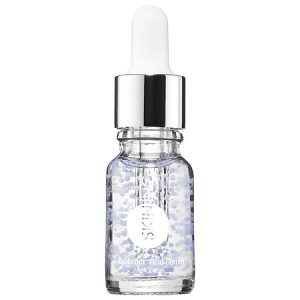
From here on, you’re on your own”the final thing to remember is that one of the reasons Koreans have such nice skin is that they genuinely care about their skin. Skincare is about self-love, and within the K-beauty scene it’s understood that the 13 steps and the uncountable products aren’t about correcting flaws or fixing the skin: the point is to pay attention to your skin, and make it happier if you can. Drenching the skin in gentle yet effective treatments is about keeping your outermost layer supple and healthy. Clear, clean skin needs less makeup and looks better, yes, but most importantly, it establishes a contract of self-care with yourself.
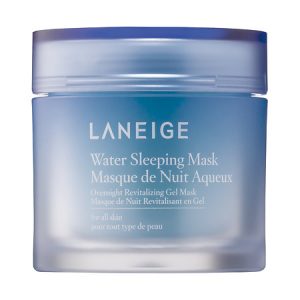
Self-care and grooming routines promote your ability to self-nurture, which has a direct effect on your self-esteem, especially when coupled with other all-round good habits like regular sleep and exercise. They have a term for it in Korean: “chok chok,” which translates into “plump and moist” and the goal is always to get that chok chok feeling on the surface of your skin, not to sandblast the top layer away. Figure out your own goal”chok chok is pretty good, but some people also add “reduce hyper-pigmentation” and “oil control” to the list”and once you’ve got a lock on what you want, just start playing around till you get there.

